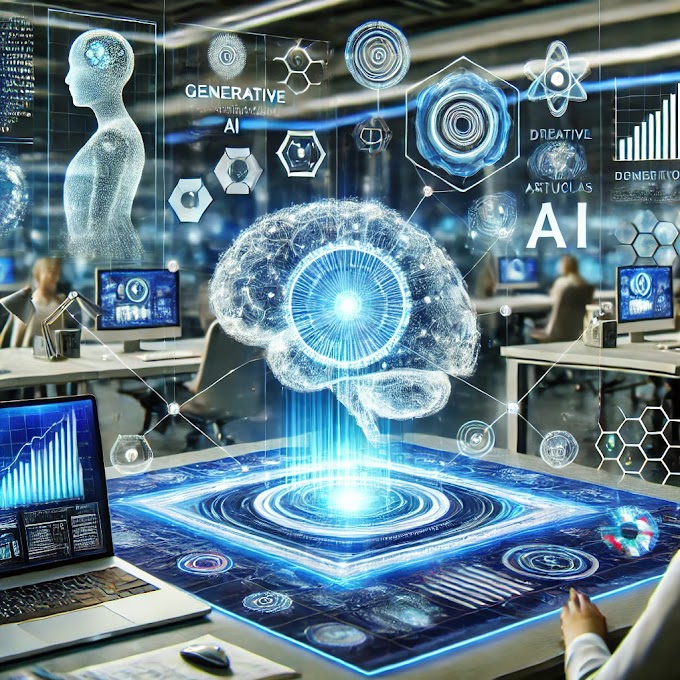Clustering algorithms are a cornerstone of machine learning and data analysis, enabling us to discover hidden patterns in datasets. Two of the most widely used clustering algorithms are K-means and DBSCAN. While both aim to group data into meaningful clusters, they employ fundamentally different techniques, making them suitable for different types of problems. In this blog, we’ll explore K-means vs DBSCAN: When to Use Which Algorithm, comparing their strengths, weaknesses, and ideal use cases.
What is K-means Clustering?
K-means clustering is a centroid-based algorithm that partitions data points into a predefined number of clusters (K). It iteratively assigns each data point to the cluster with the nearest centroid, recalculating the centroids until convergence. It’s one of the simplest and most efficient clustering algorithms.
Key Features of K-means
- Clusters are spherical in shape and well-separated.
- It’s computationally efficient and works well with large datasets.
- Ideal for applications requiring speed and scalability.
Advantages of K-means:
- Easy to implement and understand.
- Scalable to large datasets and works efficiently with low-dimensional data.
- Quick convergence, making it suitable for real-time applications.
Limitations of K-means:
- Requires the number of clusters (K) to be specified beforehand.
- Sensitive to outliers and noisy data.
- Assumes clusters are spherical, struggling with irregular shapes.
What is DBSCAN?
DBSCAN (Density-Based Spatial Clustering of Applications with Noise) is a density-based algorithm. Unlike K-means, DBSCAN doesn’t require specifying the number of clusters. Instead, it groups points that are closely packed together and marks sparse points as noise. This makes DBSCAN particularly effective for datasets with irregularly shaped clusters.
Key Features of DBSCAN
- Automatically determines the number of clusters based on density.
- Effectively identifies noise and outliers.
- Works well with non-spherical clusters.
Advantages of DBSCAN:
- Handles outliers by classifying them as noise.
- Does not require specifying the number of clusters.
- Ideal for datasets with clusters of varying shapes and sizes.
Limitations of DBSCAN:
- Sensitive to hyperparameters like
epsilonandminPts. - Struggles with datasets that have clusters of varying densities.
- Not as scalable as K-means for very large datasets.
K-means vs DBSCAN: Key Differences
While both K-means and DBSCAN are clustering algorithms, they differ significantly in their approach, assumptions, and use cases. Let’s break down the key differences:
| Feature | K-means | DBSCAN |
|---|---|---|
| Cluster Shape | Assumes spherical clusters | Handles arbitrary-shaped clusters |
| Outlier Handling | Does not handle outliers well | Explicitly identifies and excludes outliers |
| Predefined Clusters | Requires specifying the number of clusters (K) | Automatically determines clusters |
| Scalability | Scalable to large datasets | Less scalable for massive datasets |
| Parameter Sensitivity | Sensitive to centroid initialization | Sensitive to hyperparameters epsilon and minPts |
When to Use K-means vs DBSCAN
Choosing between K-means vs DBSCAN: When to Use Which Algorithm depends on your dataset and the specific problem you’re solving. Here’s a guide:
Use K-means When:
- Your data has well-separated, spherical clusters.
- Speed and scalability are critical.
- You can determine the number of clusters beforehand.
Use DBSCAN When:
- Your data contains noise or outliers.
- You’re working with irregularly shaped clusters.
- You want an algorithm that determines the number of clusters dynamically.
Conclusion
Both K-means and DBSCAN are powerful clustering algorithms, but their suitability depends on your specific data and requirements. K-means excels in speed and scalability, making it ideal for large datasets with well-defined clusters. On the other hand, DBSCAN is better suited for handling noise and irregularly shaped clusters. By understanding their differences, you can confidently decide K-means vs DBSCAN: When to Use Which Algorithm for your project.
FAQs
1. What is the main difference between K-means and DBSCAN?
K-means requires specifying the number of clusters (K) and works well with spherical clusters, while DBSCAN identifies clusters based on density and handles irregular shapes.
2. Which algorithm is better for noisy data?
DBSCAN is better suited for noisy data as it explicitly identifies and excludes outliers.
3. Can DBSCAN handle large datasets?
DBSCAN can handle medium to large datasets but is less scalable than K-means for extremely large datasets.
4. How do I choose between K-means and DBSCAN?
Use K-means for speed and scalability with well-separated clusters, and choose DBSCAN for datasets with noise and irregular cluster shapes.
What is Multimodal AI Model?
If you're interested in exploring other innovative concepts in artificial intelligence, check out our detailed blog on What is Multimodal AI Model . In this post, we dive into how multimodal AI combines data modalities like text, images, and audio to generate comprehensive and contextually relevant outputs. It explains the working of multimodal models, their applications in fields such as healthcare, education, and content creation, and their future potential.
Deploying Flask Applications on IIS
Ready to take your Flask applications to production? Check out our detailed guide on Flask Deployment on IIS. Learn how to set up a robust environment to host Flask applications on Microsoft’s Internet Information Services (IIS). This blog walks you through:
- Installing necessary dependencies for Flask and IIS integration.
- Configuring IIS to run Python-based Flask applications.
- Ensuring scalability and optimizing performance for production use.
Whether you're working on enterprise-level solutions or small-scale projects, this guide simplifies the deployment process, ensuring your Flask apps run smoothly on IIS.
Discover the Latest AI Trends
Stay updated with the AI Trends shaping the future of technology. From advancements in generative AI and multimodal models to the rise of ethical AI, this blog explores the innovations transforming industries worldwide. Dive into the latest developments to understand how AI is driving progress and creating new opportunities across healthcare, education, and beyond.







